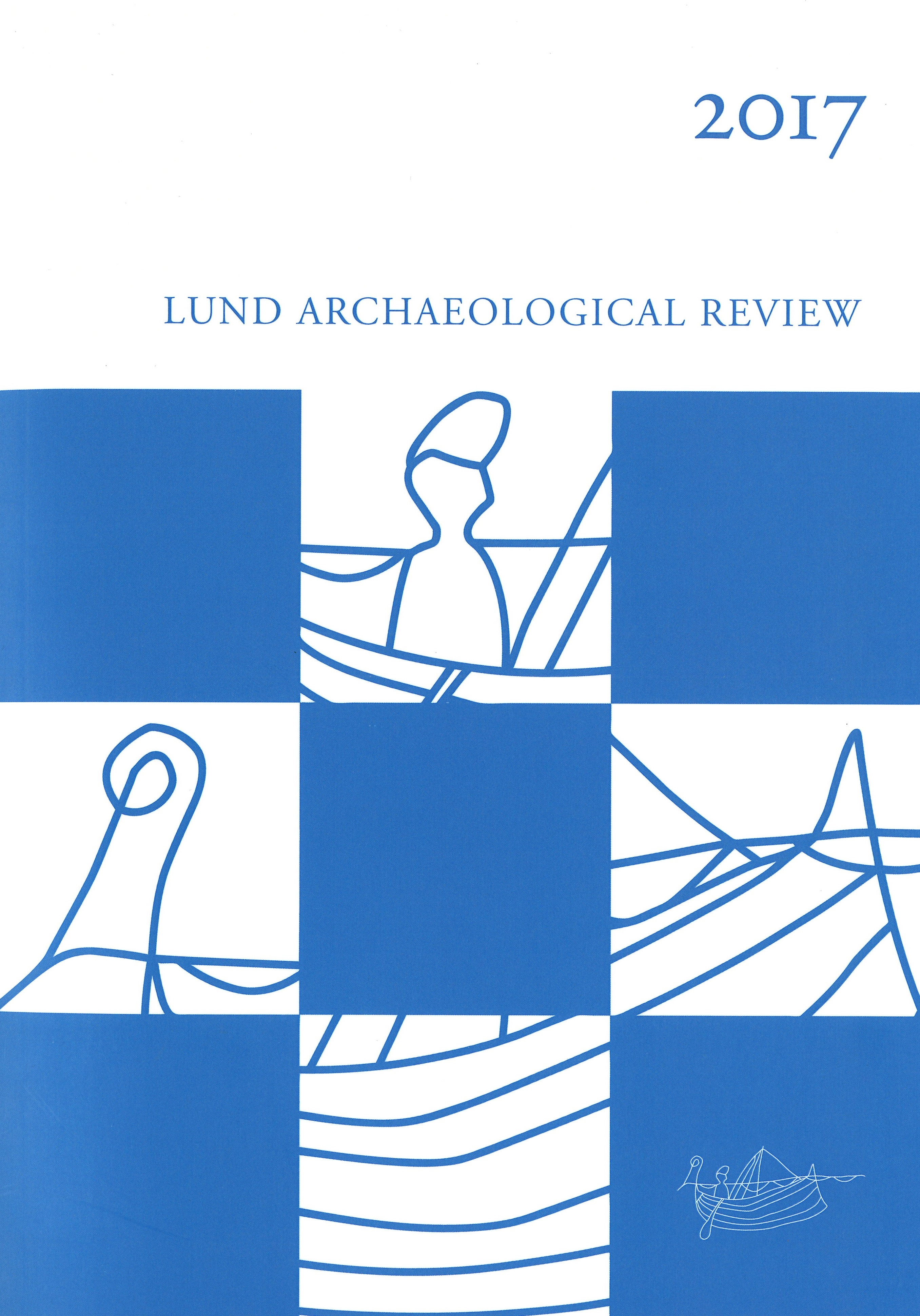Tracing Dead Meat
Butchering Animals in the Castles of Kastelholm and Raseborg in the 14th to 16th Centuries
Abstract
This paper aims to explore aspects of food economics in the light of meat butchered and consumed in the castles of Kastelholm and Raseborg during the medieval and early modern period. Bones of domestic animals are a typical group of finds from archaeological sites that have been extensively studied but detailed analyses of butchery patterns are rare. Iconography from the 14th and 15th centuries and the bailiff’s accounts from the castles in question from the 16th centuries are here compared with general patterns of butchery in the zooarchaeological material in order to see how the livestock in the castles were processed into foodstuffs. Whole animals, including heads and entrails, were used as food in the castles, and there seems to be a standardized pattern of butchery in Sweden during the period in question.


